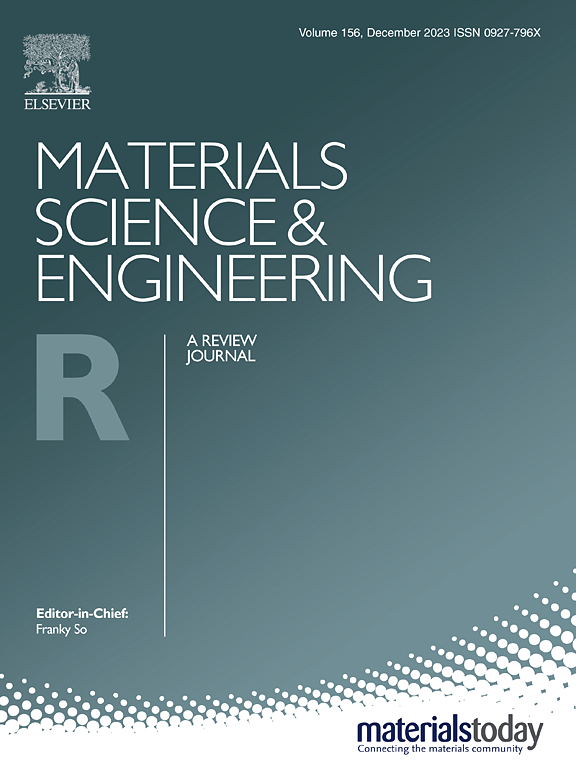A review of functional group selection and design strategies for gel polymer electrolytes for metal batteries
IF 31.6
1区 材料科学
Q1 MATERIALS SCIENCE, MULTIDISCIPLINARY
引用次数: 0
Abstract
Electrolytes are crucial for increasing the energy density of secondary batteries. However, the electrochemical instability of conventional liquid electrolytes (LE) has significantly hindered the development of battery technology, especially in terms of safety and compatibility with metal anodes. To address these challenges, gel polymer electrolytes (GPEs) - in which the liquid component is immobilized in a solid matrix - have emerged as a promising alternative. Gel polymer electrolytes combine the advantages of liquid electrolytes while addressing interfacial issues common to all-solid electrolytes. This review summarizes how specific functional groups in the polymer framework affect the physical and chemical properties of GPEs, using lithium metal batteries (LMBs) and sodium metal batteries (SMBs) as examples. In addition, we discuss the effect of these functional groups on the performance of zinc, potassium, magnesium and calcium metal batteries. Furthermore, we emphasize the synergistic effects of multiple functional groups in GPEs. Finally, we outline the main challenges and future directions for GPEs and provide insights that can guide the design of advanced electrolytes and facilitate further research into the potential of GPEs in alkali metal batteries.
金属电池用凝胶聚合物电解质功能基团选择与设计策略综述
电解质是提高二次电池能量密度的关键。然而,传统液体电解质(LE)的电化学不稳定性严重阻碍了电池技术的发展,特别是在安全性和与金属阳极的相容性方面。为了解决这些挑战,凝胶聚合物电解质(gpe)——液体成分固定在固体基质中——已经成为一种有希望的替代方案。凝胶聚合物电解质结合了液体电解质的优点,同时解决了全固体电解质常见的界面问题。本文以锂金属电池(lmb)和钠金属电池(SMBs)为例,综述了聚合物框架中特定官能团对gpe物理和化学性能的影响。此外,我们还讨论了这些官能团对锌、钾、镁和钙金属电池性能的影响。此外,我们还强调了gpe中多个官能团的协同效应。最后,我们概述了gpe的主要挑战和未来发展方向,并提供了指导先进电解质设计的见解,并促进了gpe在碱金属电池中的潜力的进一步研究。
本文章由计算机程序翻译,如有差异,请以英文原文为准。
求助全文
约1分钟内获得全文
求助全文
来源期刊

Materials Science and Engineering: R: Reports
工程技术-材料科学:综合
CiteScore
60.50
自引率
0.30%
发文量
19
审稿时长
34 days
期刊介绍:
Materials Science & Engineering R: Reports is a journal that covers a wide range of topics in the field of materials science and engineering. It publishes both experimental and theoretical research papers, providing background information and critical assessments on various topics. The journal aims to publish high-quality and novel research papers and reviews.
The subject areas covered by the journal include Materials Science (General), Electronic Materials, Optical Materials, and Magnetic Materials. In addition to regular issues, the journal also publishes special issues on key themes in the field of materials science, including Energy Materials, Materials for Health, Materials Discovery, Innovation for High Value Manufacturing, and Sustainable Materials development.
 求助内容:
求助内容: 应助结果提醒方式:
应助结果提醒方式:


